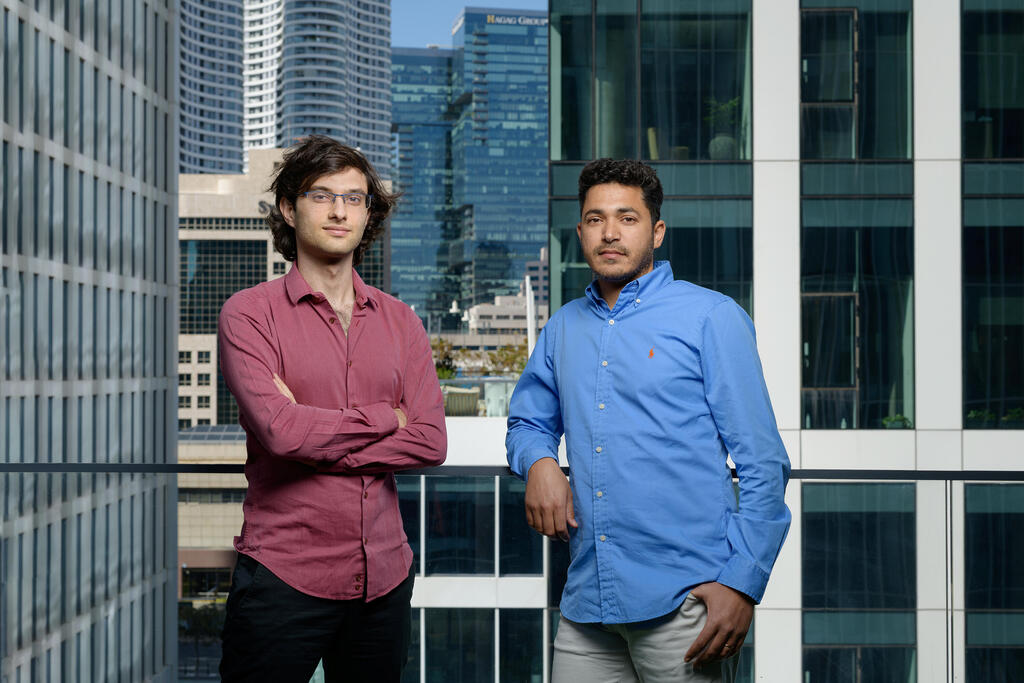In a bold move that signals both confidence and ambition in the increasingly crowded AI landscape, Decart, a startup pioneering real-time creative artificial intelligence, has secured a $100 million funding round at a jaw-dropping $3.1 billion valuation. The raise, revealed exclusively to New York Frontier, marks a pivotal moment in the race to build next-generation generative AI tools — ones that not only generate content, but do so interactively, intelligently, and instantly.
Founded just three years ago, Decart has already emerged as one of Silicon Valley’s most-watched AI innovators. While competitors focus on language models or visual synthesis engines, Decart’s vision goes beyond isolated outputs. It aims to create a fully dynamic creative platform where text, video, audio, design, and code converge in real-time — powered by its proprietary “Creative OS.”
The Creative OS: AI for the Real-Time Era
At the heart of Decart’s offering is a platform that can ingest ideas in natural language and output multimedia content instantly — all while adapting in real-time to feedback, tone shifts, and context changes. According to CEO and co-founder Leena Xu, the ultimate goal is to “collapse the creative cycle from days to seconds.”
“Generative AI so far has been impressive, but mostly static,” Xu told New York Frontier. “You prompt, you wait. You iterate. Decart turns this into a real-time collaboration — imagine an AI that thinks with you, like a live creative partner.”
This kind of functionality has massive implications, not only for marketing and entertainment industries, but also for education, architecture, simulation, and product design — virtually any domain where ideas evolve on the fly.
Who’s Backing the Vision
The $100 million Series C round was led by Dragoneer Investment Group and included participation from previous backers such as Coatue, Sequoia Capital, and Lux Capital. According to sources familiar with the deal, the round was significantly oversubscribed, with at least two major sovereign wealth funds requesting allocation.
“What Decart is building isn’t just another AI tool — it’s infrastructure for the future of human-computer collaboration,” said Marc Lockwood, partner at Dragoneer. “This is the interface layer where creation, communication, and commerce will merge.”
Notably, the company also disclosed that several Fortune 100 companies are already piloting Decart’s enterprise-grade platform, including a global automotive firm, a Hollywood studio, and a multinational e-commerce giant.
Competition in the Creative AI Arms Race
Decart’s meteoric rise comes as tech giants like Adobe, Meta, and OpenAI are all racing to dominate the creative AI stack. Adobe has aggressively expanded its Firefly platform, Meta is exploring multi-modal storytelling, and OpenAI’s Sora has redefined what’s possible with AI-generated video.
Still, Decart’s real-time capabilities — and its tight integration across different media types — may set it apart. Rather than developing point solutions, the startup is attempting to build an entire ecosystem — one that can power interactive films, generative video games, immersive training simulations, and AI-enhanced advertising.
“Creative AI is not just about generating cool content. It’s about rebuilding how ideas go from brain to reality,” said Xu.
Challenges Ahead
Despite the excitement, Decart’s road is not without obstacles. Scaling real-time AI requires immense computational resources, and latency issues remain a technical challenge. There’s also the looming question of regulation, particularly around AI-generated media authenticity and copyright ownership.
Moreover, the company’s valuation — now standing at $3.1 billion — sets a high bar for future growth and performance, especially in an environment where investors are becoming increasingly cautious about hyped-up AI ventures.
Still, insiders are bullish. “The market is craving AI that actually feels alive — not just predictive, but responsive,” said one investor close to the deal. “Decart is one of the few companies that isn’t just following the trend. It’s trying to invent the next one.”
What’s Next
With fresh capital in hand, Decart plans to expand aggressively, doubling its headcount by mid-2026 and opening new research hubs in London and Singapore. The company also teased a major product launch later this year — described by one insider as “the iPhone moment for real-time creative AI.”
If successful, Decart could not only define a new AI category but also rewrite the rules of creativity itself.
“We’re not just chasing the future,” Xu said. “We’re trying to build it — live, as it happens.”



